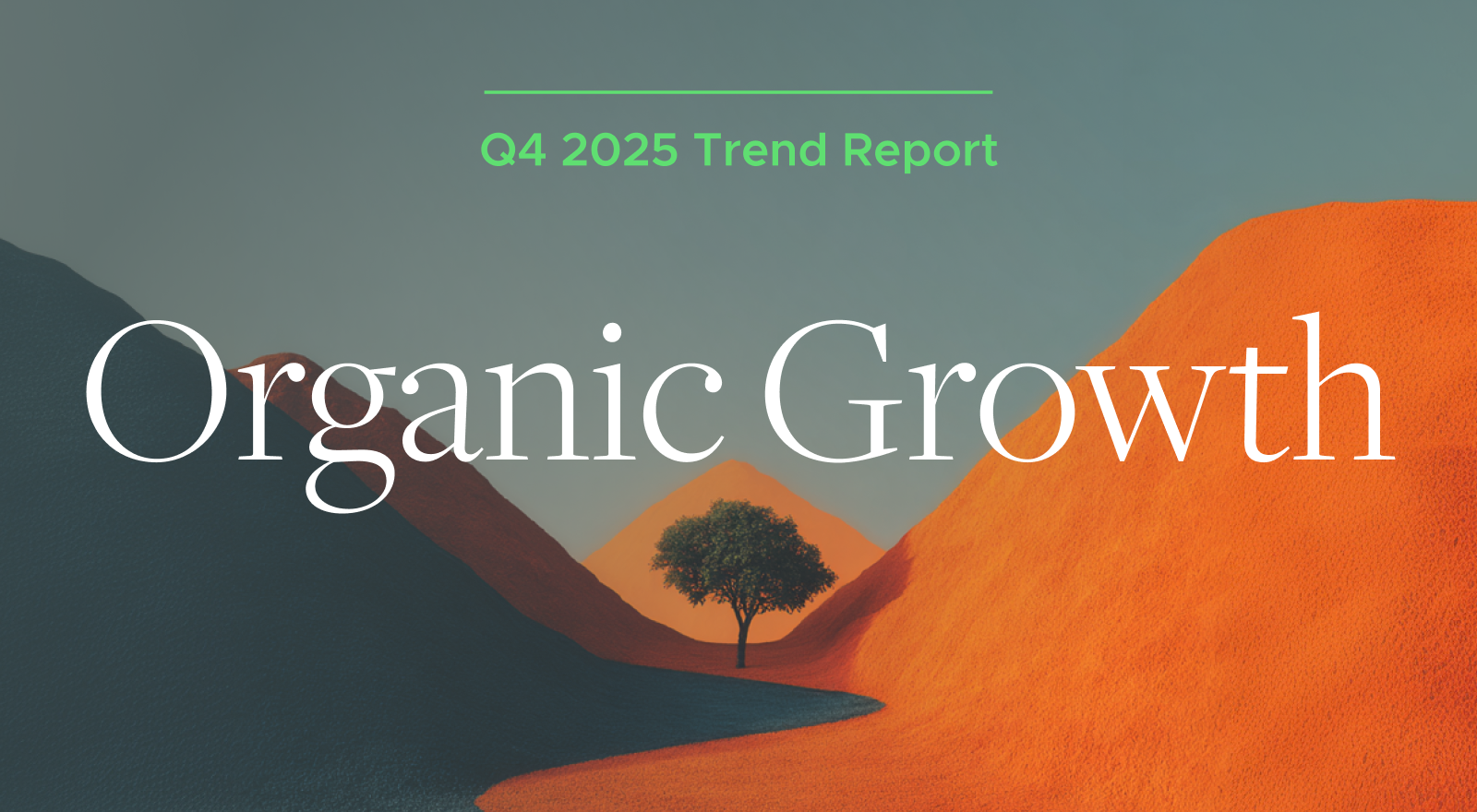While working to achieve similar goals, marketing and business development functions within wealth management firms have traditionally been siloed, acting independently of each other. By redefining your CRM from a task tracker to a sales and marketing enablement tool, your firm can leverage technology to bring these two divisions together to engage with clients in more creative ways.
One way to use your CRM is to organize what you already know about your clients and prospects and use it more efficiently. By recording personal and professional interests that your advisor teams already know through their relationships in a shared tool, you can engage clients and prospects with more personalized content and event invitations and limit marketing engagements they find unwelcome.
Additionally, tracking your clients’ engagement with these initiatives in your CRM allows your business development team to focus on those targeted contacts that are most interested and most likely to close. Finally, feedback, such as opting out of marketing campaigns, can be documented and leveraged.
A second way CRMs support marketing and business development synergy is by using marketing application integrations to provide transparency into the interactions between business development and marketing teams. This transparency provides a single pane of glass view into interactions with the client either by the advisor team or marketing team, eliminating confusion and duplicated efforts.
Finally, CRMs provide you the ability to unify the efforts of your advisor teams with your marketing business development teams. This unification creates greater efficiency and leads to a clearer client journey map. CRM applications convert known traits from an individual team’s siloed process to a firmwide process, giving everyone a much greater understanding of clients and prospects.
4 Steps for Leveraging your CRM for Marketing and Business Development
In order to achieve a marketing-business development collaboration, the CRM system should be designed to capture the right data and map that data to its marketing applications.
- Refine the New Business Development Pipeline Workflow within the CRM to Capture Data—Clearly define contacts at each step of the new business development pipeline process from initial entry into the CRM (lead) to client.
- Build Field Enhancements—Design a contact record that organizes data types that drive more personalized engagements. Include fields such as interests, key dates and opt-outs so that you are sure your content is relevant and valuable to them.
- Map Marketing Tasks and Initiatives—Map the data in your CRM to your existing marketing campaigns, publications, and events to generate targeted invitation lists. For example, invite all of your clients who have expressed an interest in golf to the next golf outing (and make sure to remove anyone who has opted-out of events completely).
- Marketing Data Integration —CRM activities should encompass all client engagements regardless of source. All marketing campaigns, publications and events should flow back to the CRM contact.
By fully utilizing the potential in your CRM to organize and act on enhanced data about your clients and prospects, you can create a robust system for your marketing and business development teams. Marketing and business development will be able to collaborate and design creative communications and touchpoints that provide value to the client or prospect. Increasing the value leads to higher engagement and moves prospects along their journey from lead to client much faster.
Need fresh ideas for helping your firm operate more effectively? Get in touch with us to learn how we can support your growth.





